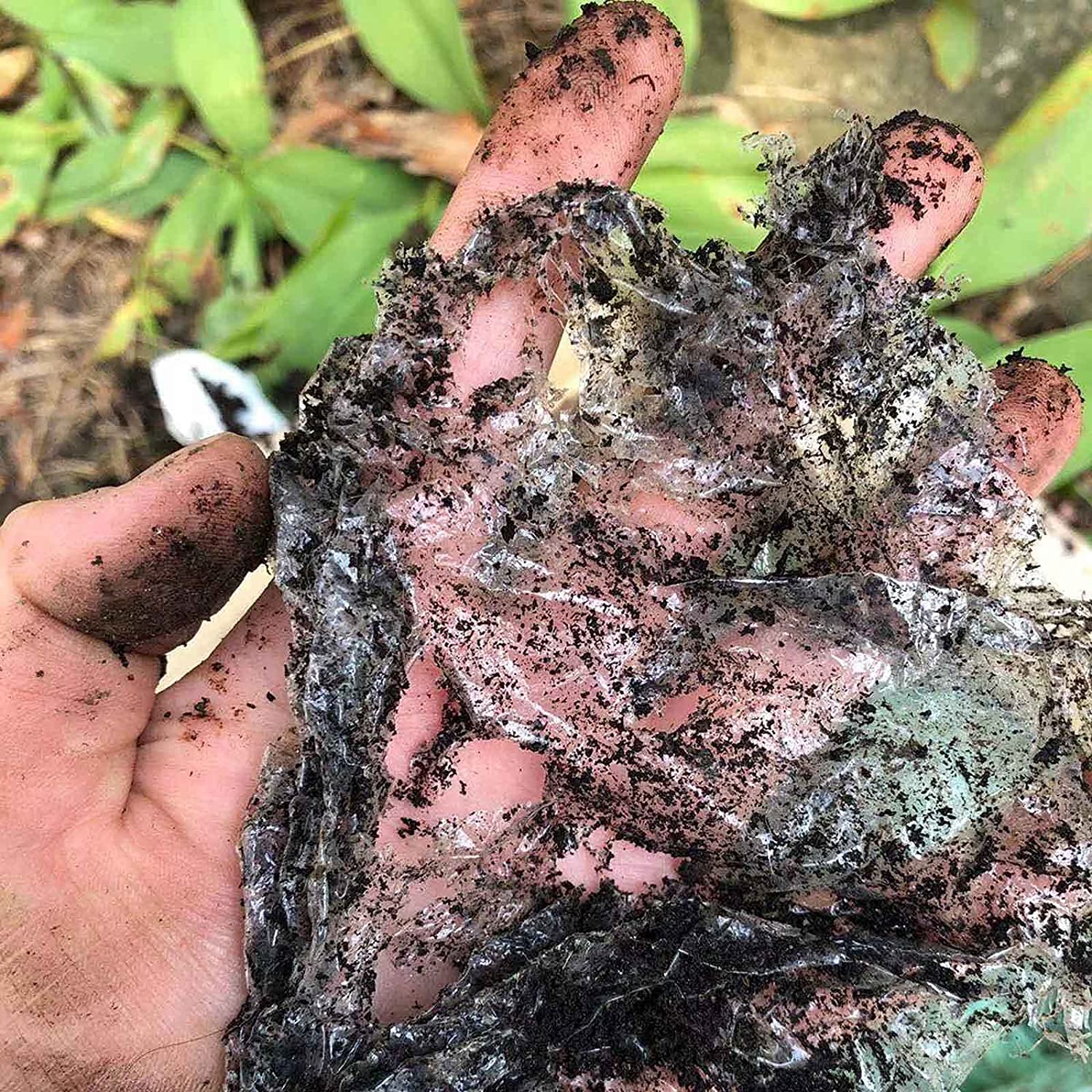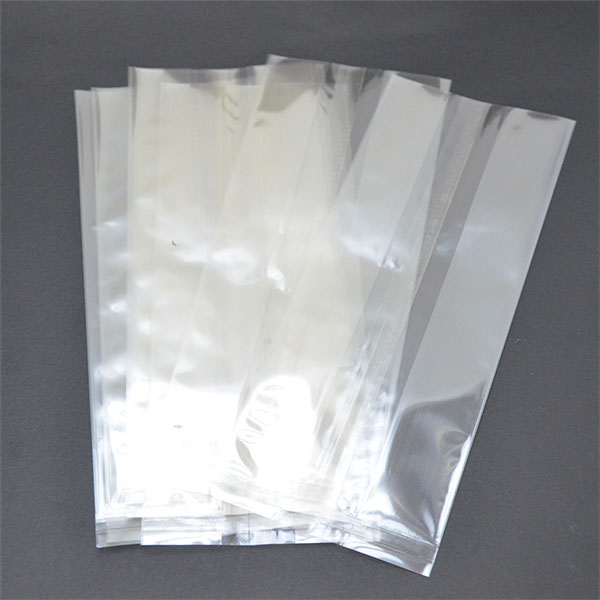As environmental regulations tighten and consumer awareness increases, biodegradable films are gaining momentum as a sustainable alternative to traditional plastics. However, questions about their performance, compliance, and cost-effectiveness remain common. This FAQ addresses the ten most frequently asked questions from professional clients, offering clarity on material science, application scope, and market trends. We’ll also touch on cellophane — a natural, biodegradable film that is making a comeback in eco-conscious packaging.
What are biodegradable films and how do they degrade?

Biodegradable films are materials that can be broken down by microorganisms into water, carbon dioxide, and biomass. Unlike traditional plastics, which persist for hundreds of years, these materials degrade naturally under specific conditions.
It’s essential to distinguish between “biodegradable” — degradation under microbial activity — and “compostable,” which requires controlled environments (e.g., industrial composting) for complete breakdown within a defined timeframe without leaving toxic residue.
What materials are used in biodegradable films and how do they differ?
Polylactic Acid (PLA)
Derived from corn or sugarcane, PLA film offers good clarity and rigidity but is brittle,like PLA film for food packaging, and not suitable for high-flex applications. Industrial composting is typically required for effective degradation.
Cellophane Film
Made from regenerated cellulose (typically wood pulp), cellophane film is transparent, breathable, and biodegradable in both industrial and natural environments. It is an excellent option for food packaging that requires moisture regulation. Despite its eco-friendliness, it has higher production costs and limited heat sealability.
Under what conditions do these films degrade, and how long does it take?
Biodegradable films degrade at different rates depending on the material and environmental conditions such as temperature, humidity, and microbial activity.
Polylactic Acid (PLA)
PLA films require industrial composting conditions (around 60 °C, high humidity) to fully degrade within 3–6 months. In natural soil or home compost environments, degradation is significantly slower.
Cellophane
Cellophane films, made from regenerated cellulose, typically break down in 30–60 days under home or industrial composting conditions. Coated cellophane films may take up to 120 days due to additional surface treatments.
Tip: Always check for certifications like EN 13432 or ASTM D6400, which verify whether a material is compostable under specific conditions.
How do biodegradable films compare to traditional plastics in terms of cost?
Biodegradable films are generally more expensive than conventional plastics like LDPE or PET. However, their long-term value lies in:
Regulatory and tax advantages
In many regions, companies using sustainable packaging may benefit from tax incentives or avoid fines related to plastic bans.
Total Cost of Ownership (TCO)
Reduced environmental clean-up costs, simplified disposal, and improved brand perception often offset the higher upfront cost.
Consumer preference
Eco-conscious customers are more likely to choose brands that demonstrate sustainable values through biodegradable packaging.
Over time, as production scales and technologies mature, the price of biodegradable films is expected to decrease.
What are the typical applications of biodegradable films?
Biodegradable films have diverse applications across various sectors. Based on YITO’s product categories, they are primarily used in:
Food Packaging
-
PLA cling films, PLA fruit & vegetable bags – For packaging of fruits and vegetables, offering good transparency and moisture control.
-
PLA shrink films, high-barrier PLA films – Suitable for baked goods, snacks, deli items, and bottle labeling due to their sealability, clarity, and oxygen barrier properties.

Agricultural Films
-
PLA mulch films – Biodegradable films used to cover soil, improving temperature and moisture retention. They naturally break down after crop cycles, reducing labor for removal.
Logistics and Industrial Packaging:
-
PLA stretch films and PLA shrink wraps – Provide secure packaging for transport and warehousing, with good tensile strength and flexibility.
Retail, Gift, and Stationery Packaging:
-
Cellophane films and PLA films are widely used in gift wrapping, greeting card sleeves, and cigar packaging, like cigar cellophane wrap. Their glossy finish and breathability make them ideal for premium product presentation.
Each application aligns with eco-packaging needs and is increasingly favored as a sustainable alternative to petroleum-based plastics.
What are the best practices for storing and transporting biodegradable films?
Proper storage and transport are essential to preserve the quality and functionality of biodegradable films:
Environmental control:
Store in conditions below 30 °C and relative humidity under 60%. Exposure to heat and humidity may trigger early degradation or affect mechanical properties.
Shelf life tracking
Clearly mark the production date and recommended use-by period (usually 6–12 months), especially for films used in food-contact or sealing applications.
Protective packaging:
Use moisture-proof inner packaging (like foil pouches) and label clearly with handling instructions to prevent degradation during transit.
Taking preventive steps ensures that the films perform as intended when they reach the customer.
How can the quality and consistency of biodegradable films be ensured?
Maintaining high quality and consistent performance in biodegradable films involves several best practices:
Protective packaging:
Choose manufacturers certified to ISO 9001 and compliant with relevant standards like EN 13432, ASTM D6400, or BPI.
Comprehensive testing
-
Tensile strength and elongation at break (ASTM D882 / ISO 527)
-
Puncture resistance (ASTM F1306)
-
Water vapor and oxygen transmission rates (MVTR/OTR)
-
Heat sealing, transparency, and biodegradation test reports
Batch consistency checks
Compare batch samples for color, performance, and degradation rate against specifications.
Third-party validation
Engage labs for independent testing of compostability or mechanical performance if needed.
In-field application testing
Conduct packaging trials on actual filling/sealing lines to verify compatibility and performance in real-world conditions.
What are the future trends in biodegradable films?
In-field application testing
-
Next-gen materials like PHA (polyhydroxyalkanoates), which are marine biodegradable.
-
Improved home compostable solutions that work in low-temperature, low-humidity environments.
-
Enhanced barrier technology using biodegradable coatings or nano-additives.
-
Reinforcement from agricultural waste (e.g., bagasse, seaweed) to reduce food crop competition.
As policy frameworks such as the EU Green Deal and global plastic bans tighten, biodegradable film demand and innovation will continue to grow, especially for e-commerce, luxury goods, and eco-conscious FMCG sectors.
Related Products
Post time: Jun-16-2025



